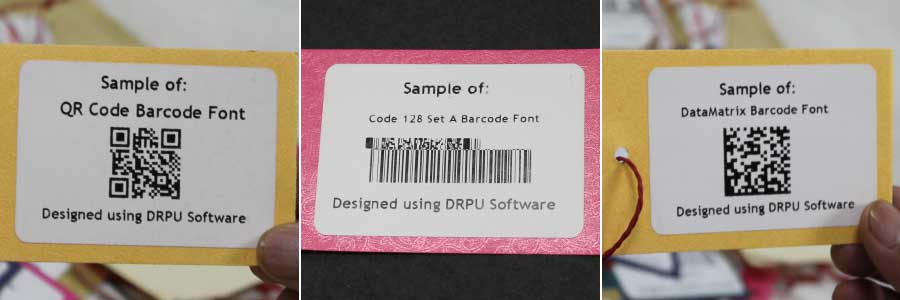Automation barcode systems can help businesses optimize their supply chain management, reduce inventory carrying costs, and increase overall productivity. By automating the tracking of inventory and assets, businesses can improve their accuracy and speed in identifying and resolving issues in their operations.
The initial cost of purchasing the hardware and software required for the automation barcode system can be high, but the long-term cost savings can be significant. Automation barcode systems can reduce labor costs by eliminating manual data entry, reducing errors and increasing efficiency. Automation barcode systems significant investment upfront, the long-term benefits and cost savings can make it a worthwhile investment for businesses.


